detail profile sara g c3 b3mez

Sara Gómez
Sara Gómez Yera
atau dikenal sebagai
Peran Yang Di Mainkan Sara Gómez
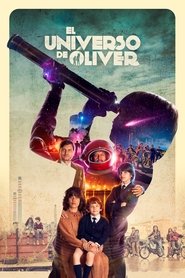 The year is 1985 Oliver a boy...
The year is 1985 Oliver a boy...Oliver's Universe 2022
The year is 1985. Oliver, a boy with an overflowing imagination, moves with his family to the southernmost corner of Europe, just as Halley's Comet is about to pass by. These events will mark a before and after in the emotional life of Óliver, who will look to the stars for the solution to his problems in the new school, in the neighborhood and at home. To make matters worse, his grandfather, nicknamed "el majara" is encouraged to help him interpret the comet's message and take a step forward in his new Universe.
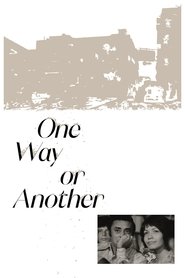 In Miraflores Cuba the growing romance...
In Miraflores Cuba the growing romance...One Way or Another 1977
In Miraflores, Cuba, the growing romance between Mario, a factory worker, and Yolanda, a schoolteacher, throws into relief the differences in their perspectives and values in Revolutionary Cuba.
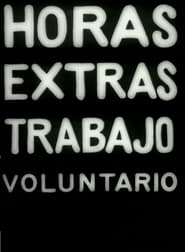 Opinions of workers of the textile...
Opinions of workers of the textile...About Extra Hours and Volunteer Work 1973
Opinions of workers of the textile industry on the theses of the XIII Labor Congress of the CTC.
 Documentary about the history of the...
Documentary about the history of the...On Sugar Workers' Quarters 1971
Documentary about the history of the bateyes, informal settlements surrounding the mills to house workers. Throughout the film, Sara Gómez recovers the political and cultural relevance of black migrants.
 About the election in assembly of...
About the election in assembly of...Local Power, Popular Power 1970
About the election in assembly of the President of the Poder Popular (Popular Power)
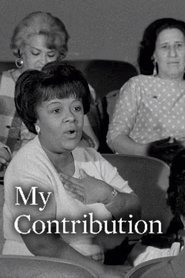 An illustration of the difficulties women...
An illustration of the difficulties women...My Contribution 1969
An illustration of the difficulties women encounter when they seek to achieve economic integration and equality with men in a country at the height of revolution.
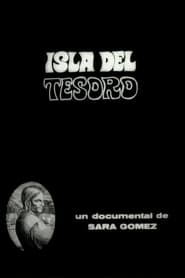 A short poetic evocation by Sara...
A short poetic evocation by Sara...Treasure Island 1969
A short poetic evocation by Sara Gómez of Isla de Pinos, the island where Fidel Castro was imprisoned by Batista, where the revolution builds a new society. A juxtaposition of the Presidio Modelo prison with citrus production.
 In this film Sara Gmez documents...
In this film Sara Gmez documents...An Island for Miguel 1968
In this film, Sara Gómez documents the everyday life of the Isla de Pinos, the discussions about the problems of construction, the school and the leisure activities of the youth in 1968 and contextualizes these images with Frantz Fanon's thoughts about the construction of a nation through decolonization.
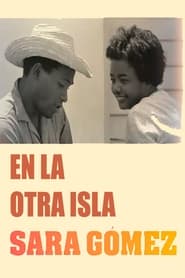 Loose collection of individual portraits of...
Loose collection of individual portraits of...On the Other Island 1968
Loose collection of individual portraits of the inhabitants of the Isle of Pinos [now Isla de la Juventud], who tell their stories, share ideas and discuss topics such as racism and crime.
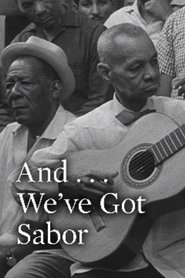 Legendary rumba musician Alberto Zayas serves...
Legendary rumba musician Alberto Zayas serves...And... We've Got Sabor 1967
Legendary rumba musician Alberto Zayas serves as a guide for this vibrant journey through Cuban musical history and culture. The short features interviews, footage of impromptu street performances, and studio recordings.
 A pioneer in the genre of...
A pioneer in the genre of...Guanabacoa: Chronicle of My Family 1966
A pioneer in the genre of autobiographical documentaries, this film made by the renowned Cuban director Sara Gómez explores her family roots to offer a family portrait through photos, popular music, and women’s tales. It is also a powerful document of an age and a way of living: that of middle- or upper-class black families in Cuba, meeting in exclusive bars just before the Cuban Revolution.
 Documentary that reflects the development of...
Documentary that reflects the development of...Excursion to Vueltabajo 1965
Documentary that reflects the development of tobacco production in Pinar del Río.
 This blackandwhite film is a loving...
This blackandwhite film is a loving...I'm Going to Santiago 1964
This black-and-white film is a loving portrait of Santiago de Cuba and its people. It provides a view of Cuba as a picturesque country, the product of an earthy mix of black and criollo cultures. The film uses historical images which portray the end of the eighteenth century when Haitian slave owners fled with their slaves to Cuba after the Haitian Revolution.
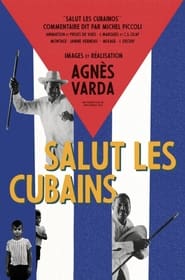 A photo montage of Cubans filmed...
A photo montage of Cubans filmed...Hello Cubans 1963
A photo montage of Cubans filmed by Agnès Varda during her visit to Cuba in 1963, four years after Fidel Castro came to power. This black & white documentary explores their socialist culture and society while making use of 1500 pictures (out of 4000!) the filmmaker took while on the island.
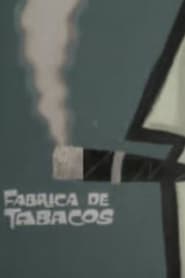 Documentary short film that shows the...
Documentary short film that shows the...Fábrica de tabacos 1962
Documentary short film that shows the manufacturing process of Cuban cigars.
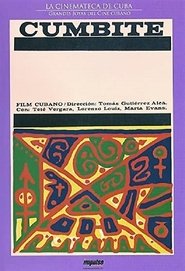 A Haitian son returns from fifteen...
A Haitian son returns from fifteen...